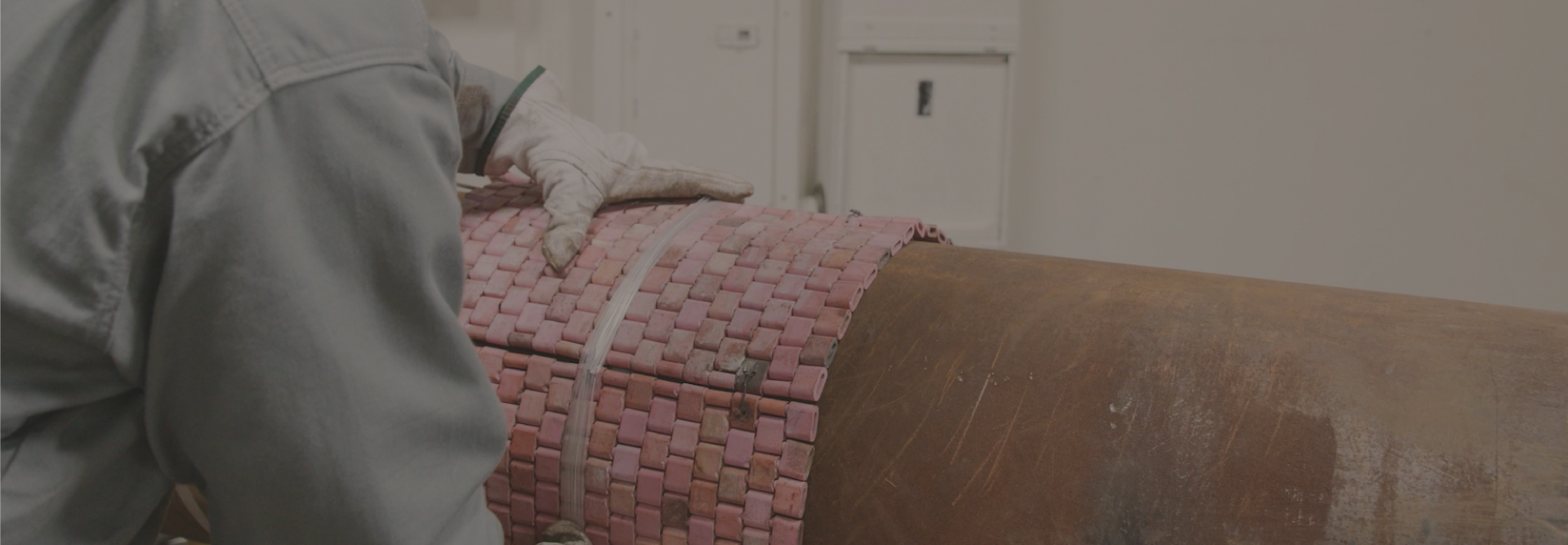
On-site Heat Treatment Service:
Understanding Electrical Resistance

Electrical resistance is a material property that impedes the flow of electric current, measured in ohms (Ω). It occurs as electrons collide with atoms within a resistive material, converting electrical energy into heat (Joule’s Law). This law is crucial for providing on-site heat treatment services to our trusted clients in the oil, gas, and energy sectors.
Application of Electrical Resistance in Industrial Heat Treatment
In industrial on-site heat treatment, electrical resistance is utilized to generate controlled, targeted heat for the thermal treatment of metal components. The process involves:
This technique provides exceptional accuracy and uniformity, ensuring your job is completed in a cost-conscious, timely, and safe manner.
Learn More About Superheat’s Advanced Offerings:
📢 In Partnership with Miller Electric, We Bring You an Enhanced Induction Rental Experience
We have leveraged our combined knowledge and technology to amplify the usability, digital quality management, and field-level support of your rented Miller ProHeat™ 35 induction heating consoles.
